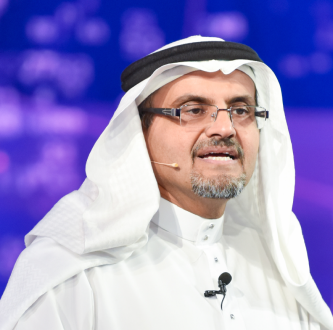
Dr. Al-Saggaf stands out not only as the president of a prestigious global university (you can read his long formal bio here) and a former top executive at a major international conglomerate but also as a passionate tinkerer and hacker at heart.
His journey into the world of computing began early with a Commodore VIC-20, equipped with just 3 kilobytes of memory. The following year, he upgraded to a 5KB expansion card, boosting his total RAM to a whopping 8KB.
During his graduate studies at MIT, Dr. Al-Saggaf became involved in the burgeoning Linux movement when Linux was at version 0.12 in 1992, just before the release of the renowned version 0.95. He contributed to drivers and developed several applications for the X11 environment, including Seyon (a telecom package) and MuMail (an email reader). Back then, the primary Linux distribution hub was tsx-11.mit.edu.
Dr. Al-Saggaf applied his computing expertise to research, evolving a new form of neural networks—regularized neural networks—that imposed natural smoothness constraints. This innovation ensured the network did not merely memorize the training dataset but produced sensible predictions. His PhD thesis at MIT was praised as “setting a new standard for PhD theses at MIT.”
Despite his high-profile position, Dr. Al-Saggaf remains a dedicated tinkerer. His home is fully automated with electronic relays and PIR sensors he assembled himself, using ESP8266 and ESP32 microcontrollers. These include various PIR sensors such as pyroelectric (AM312 and HC-SR501), microwave (RCWL-0516), and millimeter wave (LD2410). He hacked relays from EWELink and Tuya into Tasmota and ESPHome, all controlled by Home Assistant, much to the dismay of his wife, who still prefers manual switches. He also designs PCBs for internet-connected clocks and 3D prints various components.
A true geek and confirmed introvert, Dr. Al-Saggaf prefers staying home to tinker with DIY projects, even if it sometimes results in “foxing” or accidentally destroying them. He enjoys watching YouTube channels that align with his hobbies, (which he often shares with his team at KFUPM, hoping to inspire out of the box experiments or discussions amongst the university’s academics.
